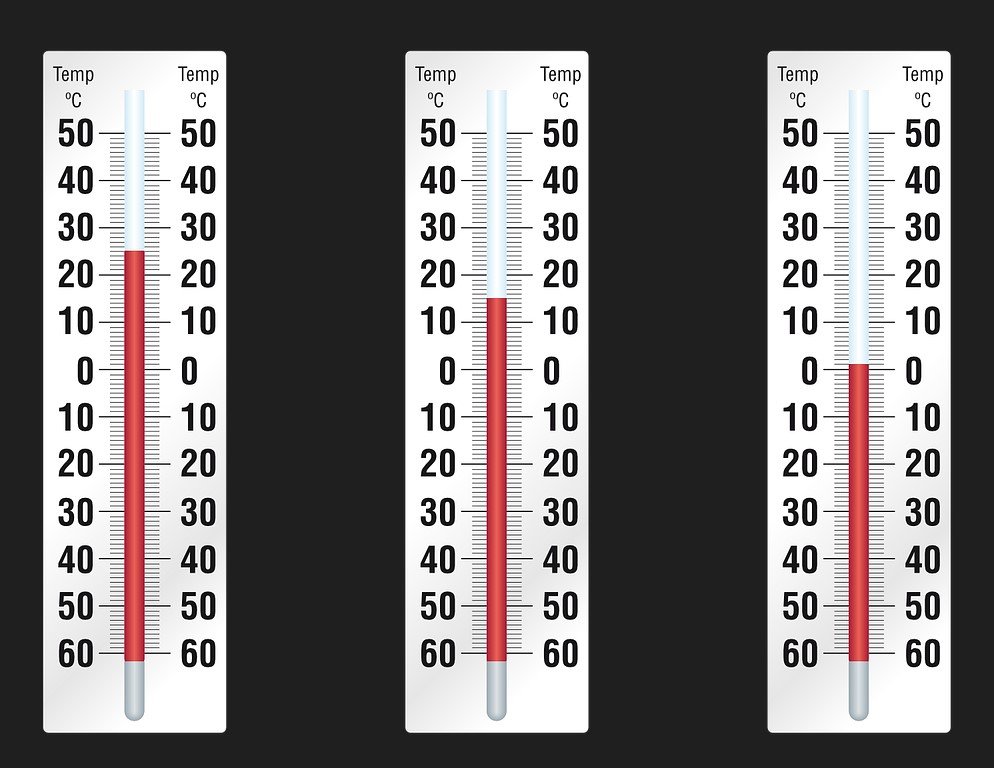As an experienced user of Apple’s iOS ecosystem, I can attest to the power of its clipboard feature. This handy tool, often overlooked, plays a pivotal role in enhancing productivity by enabling you to copy and paste content across different apps. If you’re a seasoned or even a new iPhone user, understanding the nuances of the clipboard will significantly improve your device usage.
You might be wondering, “Where is the clipboard on an iPhone?” The answer is, there isn’t a specific ‘clipboard’ location that you can access directly. Instead, it’s an internal function stored in the virtual memory of your iPhone. It holds copied data until you paste it into a text field or copy something else. By delving into this article, you’ll gain insights into how to locate and effectively manage your clipboard. So, let’s dive in and unravel the mysteries of the iPhone clipboard together.
What is the Clipboard Feature on iPhone?
The clipboard feature on an iPhone is a powerful tool that enhances the user experience by allowing you to copy and paste data across different apps. It is essentially a temporary storage area in your iPhone’s memory where copied information, such as text or images, is held. This data can then be pasted elsewhere, making it easier to share or duplicate content without having to retype or recreate it.
As you navigate through your device, you may not realize how often you use the clipboard feature. Every time you copy a piece of information, whether it’s a quote from a book, an address from an email, or a photo from a website, it gets stored on the clipboard. This allows you to move that piece of information and paste it in another location or app. The clipboard thus becomes an invisible bridge, enabling efficient transfer of data within your device.
According to a study by Dscout, the average smartphone user touches their device 2,617 times a day. While there isn’t a specific breakdown for clipboard usage, it’s safe to assume that with the amount of information shared and transferred daily, the clipboard function plays a significant role in our interactions with our devices. Understanding how to effectively utilize this tool can greatly enhance your productivity and overall iPhone experience.
Accessing Your Clipboard through the Shortcuts App
The Shortcuts app on your iPhone provides a method to indirectly access your clipboard. It’s a tool that enables you to automate complex tasks by creating custom shortcuts. One of its many uses includes viewing the last item you copied onto your clipboard.

Where is Clipboard on iPhone?
For accessing your clipboard contents, follow these steps:
Step 1: Open the ‘Shortcuts’ app on your iPhone. Step 2: Tap on the ‘+’ icon at the top right corner to create a new shortcut. Step 3: Tap on ‘Add Action’ and then select ‘Scripting.’ Step 4: Under ‘Scripting,’ tap on ‘Get Clipboard.’ This will create an action that retrieves whatever is currently on your clipboard. Step 5: Tap on the ‘Show More’ button and then tap on ‘Show in Widget.’ This will ensure that the shortcut is accessible from your home screen. Step 6: Finally, tap on ‘Next’ and give your shortcut a name. Once done, tap on ‘Done’ to save your shortcut.
Now, whenever you want to view your clipboard content, simply tap on this shortcut from your home screen widget. It will display the last item you copied to your clipboard. This method doesn’t allow you to see a history of everything you’ve ever copied but it does let you access the most recent item.
Remember, each time you copy something new, the previous item in your clipboard gets replaced with the new content. So, this shortcut can be a handy way to quickly check what information you currently have stored in your clipboard.
Using the Notes App to View Clipboard Contents
The Notes app on your iPhone can also be used as a workaround to access the contents of your clipboard. While it doesn’t show a history of copied items, it does allow you to paste and view the most recent content you’ve copied. This feature is particularly useful when you need to check whether the right content has been copied to your clipboard.
To use the Notes app for accessing your clipboard, follow these steps:
Step 1: Open the ‘Notes’ app on your iPhone. Step 2: Create a new note by tapping on the ‘New Note’ icon at the bottom right corner. Step 3: Tap and hold in the body of the note until a menu pops up. Step 4: In the pop-up menu, tap ‘Paste.’ The most recent content you’ve copied will be pasted into the note.
By following these steps, you can effectively use the Notes app as a viewing window for your clipboard. However, remember that the clipboard on an iPhone only holds one copied item at a time. Each new copy action replaces the previous clipboard content. Therefore, if you’ve copied something important, ensure to paste it somewhere safe before copying another piece of information.
How to Effectively Utilize the Clipboard for Text-based Apps
The clipboard feature on your iPhone isn’t just a tool for copying and pasting—it’s a productivity powerhouse, especially when it comes to text-based apps. Whether you’re drafting an email, writing a note, or sending a message, the clipboard can significantly streamline your workflow. Understanding how to effectively utilize this feature in text-based apps can save you time and effort.
Text-based apps include any app where you can input text, such as Messages, Mail, Notes, Reminders, and third-party apps like WhatsApp, Slack, or Microsoft Word. These apps often involve sharing information, and the clipboard function facilitates this. For example, you might want to share a website link with a friend on Messages, or copy a quote from Safari into your Notes. In both cases, the clipboard function makes this possible.
Here are some tips to effectively utilize the clipboard in text-based apps:
- Use the ‘Select All’ option: When copying larger chunks of text, instead of manually dragging the selection markers, you can simply double-tap the text and choose ‘Select All’ to copy everything at once.
- Take advantage of ‘Paste and Match Style’: This option allows you to paste text and match the style of the text where you’re pasting it. It’s useful when you’re copying text from one app and don’t want to carry over the original formatting.
- Remember the ‘Undo’ function: If you accidentally paste the wrong content or overwrite something, you can shake your iPhone to undo the last action.
While the clipboard is a simple tool, its potential to enhance your productivity in text-based apps is immense. By incorporating these tips into your routine, you can make the most out of this handy feature.
Key Functions of the Clipboard on Your iPhone
The clipboard on your iPhone is an integral feature that simplifies data transfer within your device. It’s not just limited to text; you can copy images, links, and even files depending on the app. The primary function of the clipboard is to temporarily store copied data for pasting elsewhere.
The clipboard’s functionality extends beyond basic copying and pasting. Here are some key functions that enhance your user experience:
- Copy and Paste: This is the most common use of the clipboard. You can copy text, images, or other content and paste it into a different location or app.
- Cut and Paste: Similar to copy and paste, but the original content is removed from its initial location once pasted elsewhere.
- Paste and Match Style: When you paste text into a new location, the iPhone offers an option to ‘Paste and Match Style,’ which changes the pasted text to match the style of the existing text in the new location.
- Clipboard History (Third-Party Apps): While iOS does not natively support clipboard history, there are several third-party apps available that provide this functionality.
Understanding these functions can help you maximize the use of your iPhone’s clipboard. Whether you’re editing documents, sharing memes, or transferring data, the clipboard is an invaluable tool that adds efficiency to your digital tasks.
How to Manage and Clear Your Clipboard
Managing and clearing your clipboard on an iPhone is a straightforward process. Since the clipboard holds the most recent item you’ve copied, each time you copy something new, it automatically replaces the previous item. Therefore, managing your clipboard essentially involves mindful copying and pasting. However, if you want to manually clear your clipboard, there’s a simple method to do so.
Follow these steps to clear your clipboard:
Step 1: Open any text input field. You can use apps like Notes or Messages for this. Step 2: Tap and hold in the text input field until a menu pops up. Step 3: Select ‘Select’ from the menu, then drag the selection markers to highlight any existing text in the field. Step 4: Once the text is highlighted, choose ‘Copy.’ This will replace any existing clipboard contents with the new copied text.
By following these steps, you effectively clear your clipboard by replacing its contents with inconsequential data. It’s worth noting that while iOS doesn’t provide a direct ‘Clear Clipboard’ option, this method ensures that any sensitive data previously copied is no longer accessible via the clipboard.
Remember, while the clipboard is a useful tool, it’s essential to use it responsibly, especially when dealing with sensitive information. Always be mindful of what you’re copying and where you’re pasting, as the clipboard content can be accessed by any app you paste into.
Conclusion
Throughout this article, we have delved into the various aspects of the iPhone’s clipboard feature. We’ve explored its basic functionality, understood how to effectively utilize it in text-based apps, and learned how to manage and clear it. The clipboard is more than just a simple copy-paste tool—it’s an efficient data transfer mechanism that can significantly enhance your user experience.
As you navigate your digital life with your iPhone, remember to make the most out of this handy feature. Whether you’re sharing a funny meme, drafting an important email, or just jotting down notes, the clipboard function is there to make your tasks smoother and more efficient. So, go ahead, explore this feature and unlock a new level of productivity on your iPhone.
Frequently Asked Questions
[faq-schema id=”1551″]
















